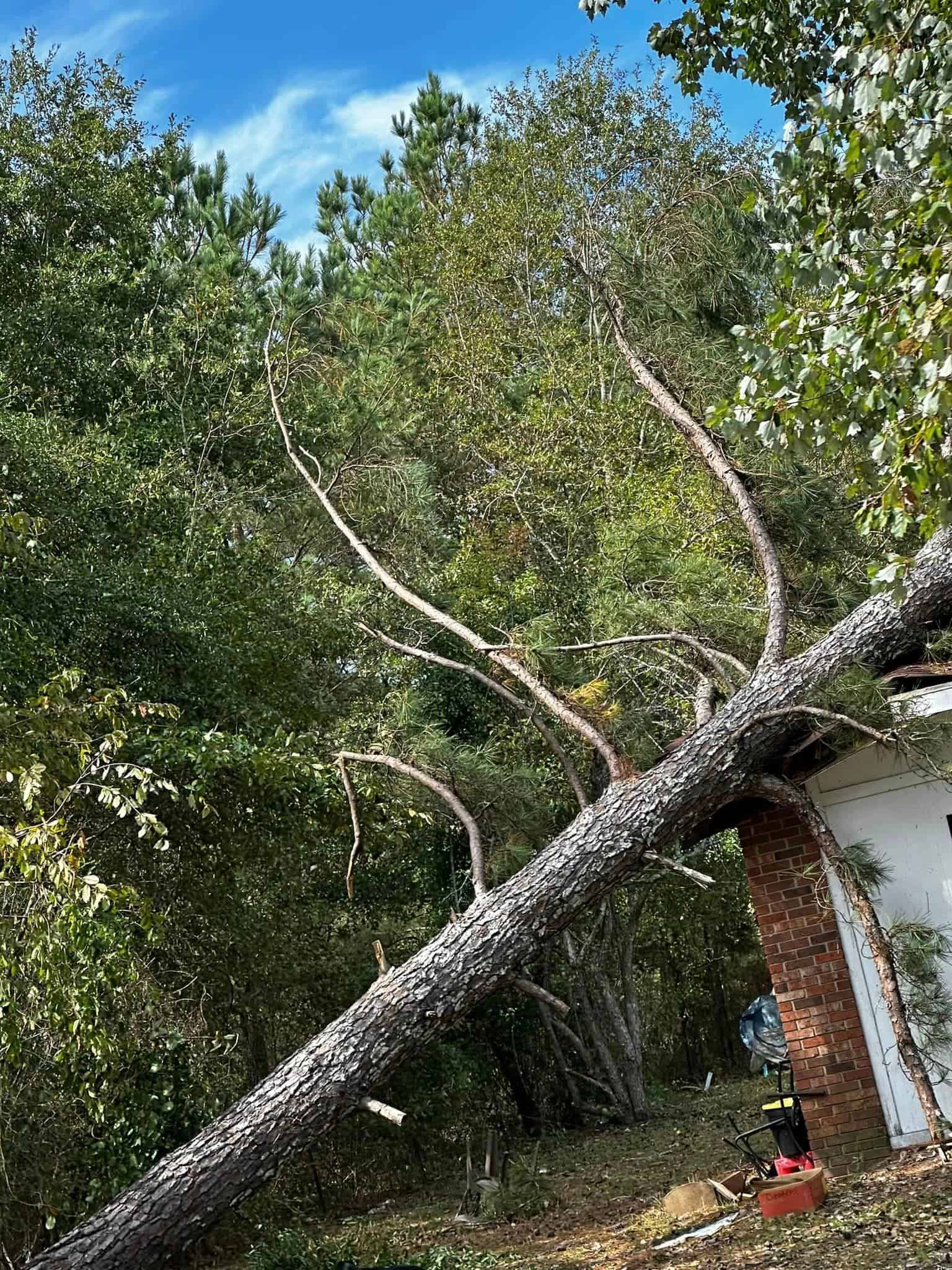
As you may remember from my first column after the storm, one of the major “impacts” the storm had on me personally was the total loss of a vehicle after it was struck by a fallen tree. The vehicle was a 2013 Sport Utility Vehicle (SUV) with almost 160,000 miles on it. I typically buy a vehicle that I think will last a long time, maintain it well, and typically donate it (while it is still running very well) when I finally decide (or my wife forces me) to replace it. As you can probably tell, I am not a big fan of automobile shopping. However, I have bought four vehicles for my two daughters since purchasing my 2013 SUV, and those car-buying experiences were not too bad, reducing my trepidation as I initiated my latest purchase.
Fortunately, my wife and I had been anticipating replacing our totaled vehicle within the next year or two. A tree falling on it merely accelerated our time frame. So, we had been discussing what type of vehicle we would purchase next, given our wants and needs, and what would complement our other vehicle. So, we quickly decided on the type of vehicle we wanted, and based on prior experience with particular manufacturers and certain models that we had driven, we chose three vehicles to look at closely and from which we would likely choose. We had previously purchased two different year models (2020 and 2022) of one of our choices for each of our daughters; both from the same local dealership. Another of the vehicles, we had a long history of having leased or purchased five vehicles from its manufacturer over the last forty years, including the vehicle we lost in the storm. The final vehicle was a model we had actually purchased over twenty years earlier and had more recently, ridden in extensively when visiting friends in California. Given our positive experiences with all three, our next step was to compare the three vehicles.

The first thing I did was go online and research the vehicles and their various “trim” levels for each. We found them to each be very similar in terms of what they had at their various levels, although they each had their desirable features that one or both of the others lacked. They each had similar reliability and safety records, which were very important to us. I then watched a number of YouTube videos either comparing two of the vehicles head-to-head or comparing all three. From all of this research, I determined all three vehicles were pretty close in everything that was important to us, so our choice would come down to the test drive, preferred features, and price. So, at that point, it was off to the dealers.
As I mentioned earlier, I purchased two similar vehicles from a local dealership in the last four to five years. In both of those cases, my experience was excellent. The salespeople were professional, empathetic, considerate, and just generally nice people. They spent a good amount of time with both me and my daughters (a different daughter each time) and treated us very well. This was especially notable during a time when the pandemic and supply chain issues limited their inventory. Unfortunately, this time, my experience was not nearly as good. Though our salesperson was professionally competent and certainly nice enough, he did not spend much time with us and basically provided us with a “take it or leave it” kind of offer. While his vehicle is likely the best seller of the three and probably for good reason, he treated us with an attitude of “If you don’t buy this, there is someone else who will.” Unfortunately, I no longer have the same positive feeling that I had based on my previous encounters with the dealership.

My experience at the dealer of the manufacturer from whom I have purchased five cars previously was better. Although his car is also a fast seller, with limited inventory on the lot, the salesperson spent a good amount of time with us and definitely cared about what we wanted. However, when it came to the financial part of the deal, I was disappointed in the process, even though the ultimate outcome was positive. Because my wife and I are getting older, we had decided that leasing was a good idea for us, and if we really liked the vehicle, we could always buy it at the end of the lease. As I worked with the salesperson toward determining the lease payment, he was less than open about what elements of the leasing price were taxable and most importantly, the “money factor” (or interest rate equivalent) of the lease. It was clear to me that his initial presentation had a very high equivalent interest rate. I ultimately was able to get him to bring that down to a more reasonable level. However, he did lose some of my trust during that process.
My final dealer experience was by far the best. Although this brand does not sell at the volumes of the other two, their vehicles are still very good. I think that this lower volume requires them to do a better job of selling, which was clearly evident. Our salesperson worked with us consistently through the process, understood our needs, and was vested in our satisfaction and happiness. The financing procedure was much more up-front, which further engendered our trust. Our salesperson’s ability to treat us with respect and consideration gave us a better opinion of that dealership and the manufacturer, in general.
I provide these anecdotes to provide insight to our local businesses as to how important your salespeople are to, not only your current sales but maybe more importantly, your future sales. At the first dealership, we were treated basically as disposable customers, making it more unlikely for us to return, despite their good products. The second dealership treated us better, but the financing process made us wary of trusting this dealer. Finally, a respectful, considerate, and professional salesperson not only won the sale but put that dealership and its manufacturer at the top of our list for future purchases and positive word of mouth. I hope these stories help you better train your salespeople to increase both near-term and future revenues.






